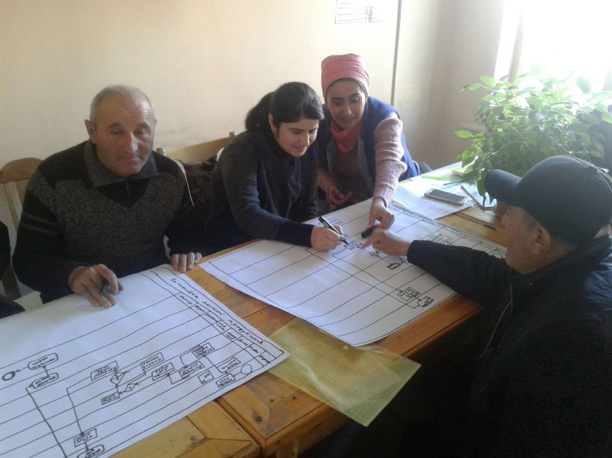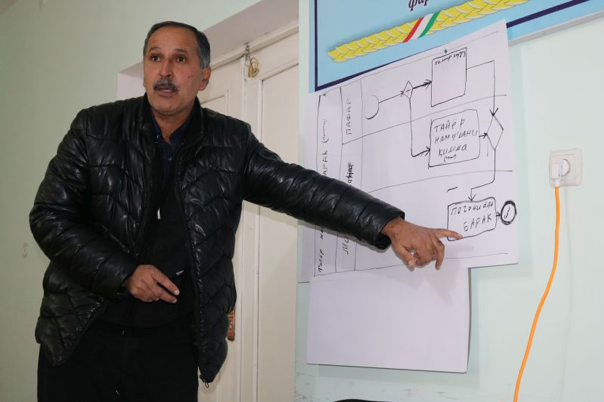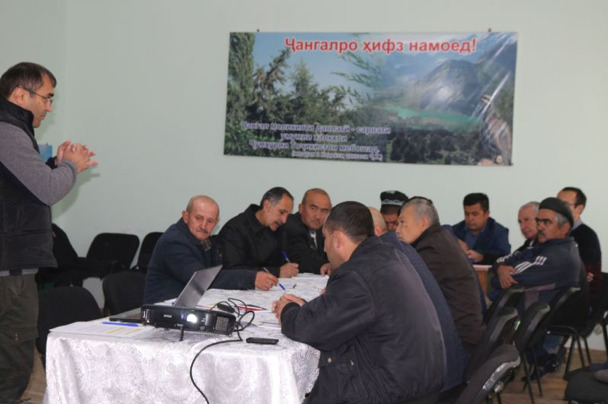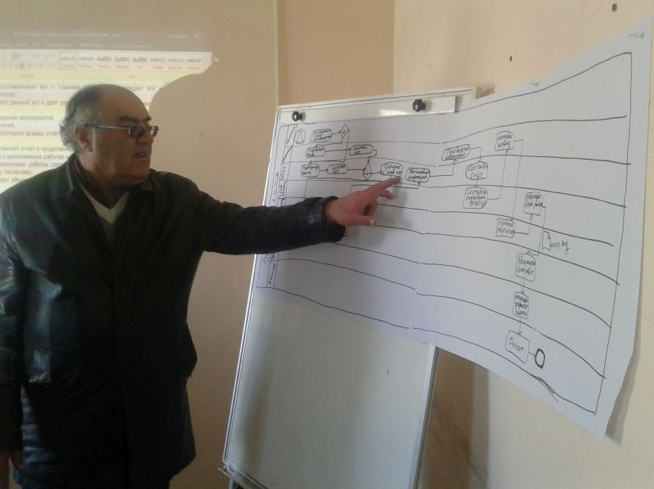According to the classification of the Food and Agriculture Organization of the United Nations (FAO), all Central Asian countries have little forest land. Moreover, the existing forests are mostly degraded or undergoing intensive felling. Deforestation affects the living conditions of people and wildlife and threatens the stability and equilibrium of the region’s ecosystem. Thus, the integrated protection, conservation and sustainable use of forest resources is crucial, especially in the context of climate change.
Our experts help test new management approaches at the local level, and to scale up the results at the national level. The best practical experience is available for representatives of administrative bodies and state institutions as part of regional knowledge exchange. New sustainable forest management methods that take into account local needs are developed jointly with the population and local authorities. At the national level, we assist partner ministries in adapting new methods and support the related reforms.
Forest management is a process of planning and implementing practical measures for the rational use of forests, restoring forest areas and preventing their further degradation. This process is aimed at achieving specific environmental, economic, social and sociocultural goals. Effective forestry management includes defining and concretizing goals and objectives, the successful achievement of which will ensure the sustainable management and use of forest resources, restoration and preservation of the forest’s useful functions of carbon sequestration, water flow regulation, soil erosion prevention, etc. and of water flow, prevention of soil erosion, etc., as well as their economic and social functions.
A forest management plan includes a implies of a plan of forestry activities (e.g. forest inventory, yield calculation, harvesting of wood and non-timber forest products, silvicultural activities, protection and monitoring) that indicates goals, objectives and control mechanisms in the forest area. Also, a forest management plan is an important tool to ensure the participation and awareness of people living in or near forests and other stakeholders.
Tajikistan uses a landscape approach to forest management that takes into account climate change. Deutsche Gesellschaft für Internationale Zusammenarbeit (GIZ) GmbH introduced the Joint Forest Management (JFM) approach, which helps local residents and leskhozes to jointly manage forest areas, restore degraded areas, and resolve conflicts between forest and pasture users. The JFM approach is based on long-term contracts between forest users and leskhozes. Local residents get the right to use the forest area, and in return undertake to restore the degraded territories. In addition to that, the local population, together with the leskhoz, is involved in the planning and management of forests, and in monitoring activities and results.
Comprehensive land management measures are incorporated in management plans and annual plans to ensure sustainable forest management. Women are also involved in forest management processes.
The GIZ Program also supported the modernization of TajFIS – Tajikistan Forest Management Information System, a comprehensive system used to support the planning, implementation and monitoring of forest management activities. It also allows keeping current forest cadasters and mapping spatial data. This means that the characteristics of the subjects such as the population of the village and their location, can be depicted on the map. The components of TajFIS, which will necessarily be interconnected, include the Information Monitoring System (IMS), Geographic Information System (GIS) and KDMS (K-link).[/vc_column_text][vc_empty_space][/vc_column][/vc_row][vc_row][vc_column width=”2/3″][vc_column_text]Through GIZ expert support, new standards have been developed for modeling business processes and network services on the basis of the existing forestry work processes and in accordance with the BPMN (Business Process Modeling Notation) standards. This system allows creating workflow diagrams that can later be visualized, analyzed and reproduced by other stakeholders. Currently, this system is being piloted in two forestry enterprises in Gorno-Badakhshan region.
Pasture User Unions (PUUs) have been established at the jamoat (rural municipality) level and includes representatives from several villages. This is an official organization that has articles, a legal registration, a seal and a bank account. Within PUUs, members can work together to solve current problems and plan future collaborations such as control of livestock grazing, monitoring of pasture conditions, rehabilitation of pasture corridors, monitoring of animal health, organizing livestock vaccination and, most importantly, protecting the interests of each PUU member to ensure safe access to pastures.
Excessive grazing, especially in pastures near villages, worsens the condition of the land. Land degradation reduces pasture productivity and poses a threat to food security and livelihoods of the rural population in Tajikistan. Despite the adoption of the Law on Pastures in 2013, the mechanisms of livestock grazing control are not yet widely practiced by local communities. The main reasons are the lack of relevant regulations and weak law enforcement. Consequently, sustainable pasture management planning is an essential tool to be used by pasture users.



